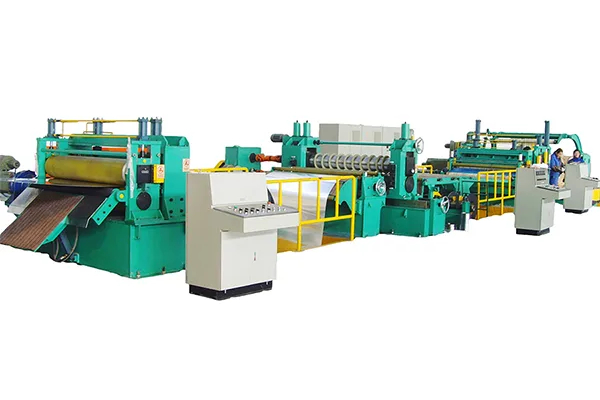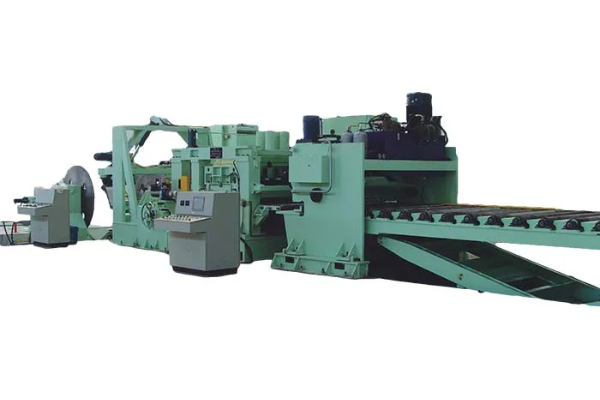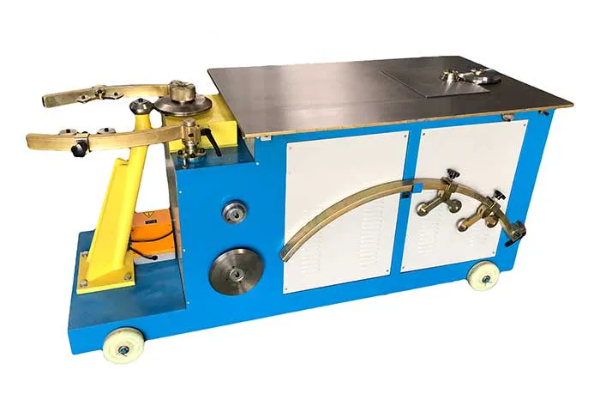
Plate Bending vs. Other Bending Methods- A Head-to-Head Comparison
- By:Metmac
- 2024-05-17
- 310
In the realm of metalworking, bending is a crucial process for shaping sheets and plates into intricate geometries. Two primary methods dominate this field: plate bending and competing techniques. While each approach has its own merits, a head-to-head comparison reveals distinct advantages and disadvantages.
Plate Bending: A Time-Tested Workhorse
Plate bending relies on a ram or punch pressing against a stationary die to bend the plate. This method is renowned for its precision, repeatability, and ability to handle thick materials. However, it is limited by the size and geometry of the bending machine.
Pros:
High precision and repeatability
Suitable for thick materials
Ideal for intricate geometries
Cons:
Limited by machine size and geometry
Requires skilled operators
Other Bending Methods: Expanding the Horizon
Other bending methods offer alluring alternatives to plate bending, each with unique capabilities.
Roll Bending: Utilizes rotating rollers to gradually bend the plate. This process is more suitable for long and cylindrical shapes.
Pros:
Ideal for long and cylindrical bends
Continuous process, reducing cycle time
Cons:
Lower precision compared to plate bending
Limited material thickness capacity
Press Brakes: Employ a ram to press the plate against a V-shaped die, forming a bend. Press brakes excel in high-volume applications with simple bends.
Pros:
High-volume capacity
Simple bend geometries
Cons:
Lower precision than plate bending
Requires tool changes for different bend angles
The Ideal Choice: A Balanced Approach
The choice between plate bending and other methods depends on the specific application. Plate bending remains the go-to option for precision, thick materials, and intricate shapes. Other techniques offer advantages in specific scenarios, such as continuous bending for long shapes or high-volume production of simple bends.
A balanced approach considers the project requirements, available resources, and budget. Engineers and manufacturers must carefully evaluate each method to determine the optimal solution for their unique bending needs.
-
Metal Punching Machine: Engineering Holes, Slots, and Forms with Unmatched Precision
2025/11/15 -
Sheet Metal Rolling Machine: Shaping the Curves of Modern Industry
2025/11/15 -
Metal Shear Machine: The First Cut in Precision Fabrication
2025/11/15 -
Metal Bending Brake: The Cornerstone of Precision Fabrication
2025/11/15
-
Advanced Sheet Metal Rolling, Laser Cutting, and Folding Machines for Precision Fabrication
2025/10/31 -
High-Performance Sheet Metal Bending and Cutting Machines for Modern Fabrication
2025/10/31 -
High-Quality Sheet Metal Equipment for Sale: Efficient Solutions for Modern Manufacturing
2025/10/31 -
High-Performance Sheet Metal Equipment for Sale: Forming and Shearing Solutions for Modern Fabrication
2025/10/22
-
A Guide to the Latest Innovations in Sheet Metal Folding Machines
2024/11/29 -
Key Features to Consider When Investing in a Sheet Metal Folding Machine
2024/11/28 -
Enhancing Precision with Advanced Sheet Metal Folding Machines
2024/11/27 -
How to Choose the Right Sheet Metal Folding Machine for Your Workshop
2024/11/26







